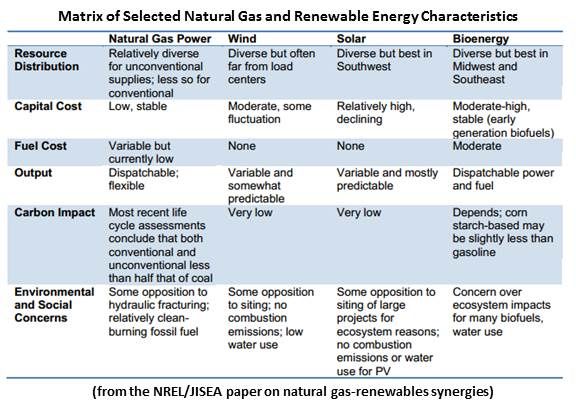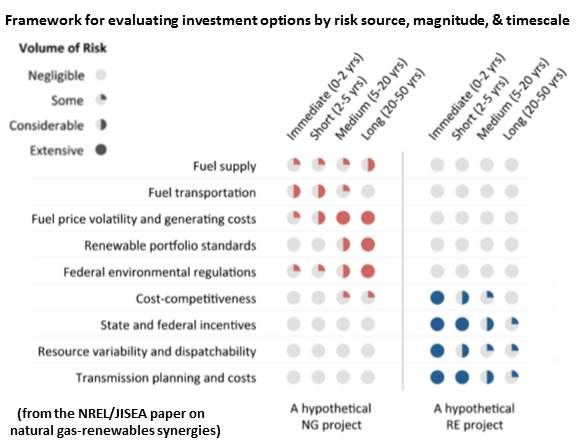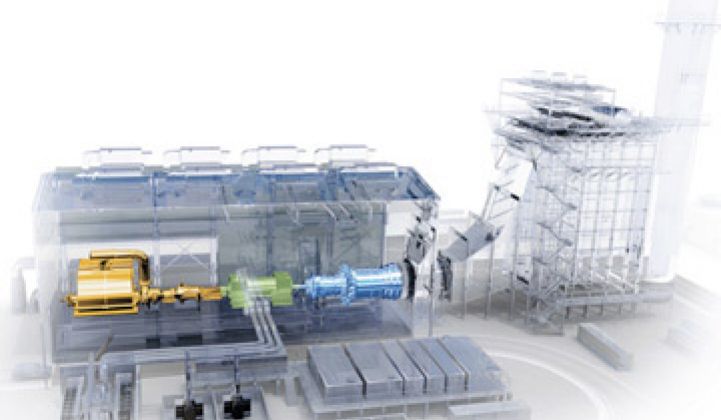The talk in Texas is about using its newly discovered shale gas abundance and its growing renewables capacity synergistically. But is natural gas a bridge to renewables or an environmental sin?
“Sooner or later, oil and gas fields will exhaust and the cheapness will be gone. Renewables are an investment in the future,” former San Antonio Mayor Phil Hardberger told renewables and natural-gas advocates at the Texas Renewable Energy Industries Association 2013 conference, Renewable Energy in an All-of-the-Above World.
In the wake of Hurricane Sandy, the impacts of the Fukushima nuclear disaster, China’s ongoing air-mageddon, and the current killer typhoon in the Philippines, the synergy is important, said keynoter Dan Reicher, a former advisor to Presidents Obama and Clinton and the Executive Director of the Steyer-Taylor Center for Energy Policy and Finance at Stanford. “There are big opportunities in the dramatic price drops of natural gas and solar.”
The IEA predicts the world will spend $38 trillion on energy infrastructure by 2035, Reicher said. “We can do it well, or we can do it poorly, but if we do it well, we can do well by the future.”
The energy technology pipeline runs from research and development to deployment, and there over 10,000 firms in the U.S. alone that are working on it, Reicher said. The lowest-hanging fruit is energy efficiency, and companies like Hara, Silver Springs Network, and Itron continue to advance it by combining energy technology and internet technology. “Where ET meets IT,” Reicher said, “knowledge is less power.”
The ability to develop shale gas sources has turned up massive new supplies all over the country and established natural gas as energy’s bridge to the 21st century, Reicher said. “Natural gas and renewables can be very important to one another, because natural gas can firm up the variability of renewables and renewables can firm up natural gas’s price volatility. Adding energy efficiency and storage technology could produce a sustainable technology base.”

There are two places in the energy technology pipeline where capital is vital. But crucial financial supports like wind’s PTC and solar’s ITC have not been consistent, and many supports that could be consistent (such as putting a price on emissions) have not been politically viable, Reicher explained. “If you don’t have large amounts of capital, you don’t get this stuff built.”
Funding is vital to get proven technology across the “valley of death” and show it can be deployed at scale. Fracking technology, which may have serious environmental risks, "took 65 years and enormous amounts of private and federal investment" to get across the valley of death, Reicher said. Financing is also vital in the last stage of development when the technology is deployed at scale. But the cost of capital at that stage can be prohibitively high.
The solution Reicher continues to tout is making the master limited partnerships (MLPs) and real estate investment trusts that have long been available to other energy industries available to renewables and energy efficiency.
Senate sponsors of a bill that would open MLPs to renewables recently hosted a high-level meeting with representatives of the oil and gas and renewables industries, Reicher told GTM after his presentation. The oil and gas people, knowing how renewables and natural gas complement and offset the risks of one another, said their confidence in the MLP as an investment vehicle makes them ready to invest in renewable energy MLPs. There was also talk, Reicher said, of hybrid natural gas-renewables MLPs.
“Are natural gas and renewables friends, enemies, or frenemies?” asked National Renewable Energy Laboratory Joint Institute for Strategic Energy Analysis Director Doug Arent. The risks of a theoretical natural gas project and a theoretical renewable project, Arent explained in answer to his own question, address one another’s “variability and points of failure and become points of complementarity and mutual support.”

In 2013, there were 480 gigawatts of renewable capacity globally, according to keynoter Dan Arvizu, the director of the National Renewable Energy Laboratory (NREL). “The renewable energy industries are real and happening today. The question is no longer how much can you have. The question is how much do you want.”
But despite a 2012 NREL study that showed the U.S. could get 80 percent or more of its needs from renewables in 2050 with today’s technology, Arvizu said, natural gas is the good news story in the U.S., and Europe and Asia are "salivating" at the prospect of access to abundant and affordable gas.
“The new frontiers are integration and scaling up,” Arvizu explained. “The high penetration of renewables requires system-wide flexibility and a new operating paradigm." That paradigm includes variable supply, as well as variable load, increased distributed generation, the joining of multiple balancing areas, and changing roles for utilities, consumers, investors, power producers, technology vendors, and regulators.
Environmentalists’ concerns about methane are “very scary,” Arvizu said. And the re-emergence of natural gas may cause frustration for renewables advocates. But natural gas firms the grid for renewables. And the findings of a recent MIT study strongly suggest that the U.S. must minimize the carbon emissions produced from burning natural gas by 2040 or face dire consequences.
“Much depends on reducing risk,” Arvizu said, “so that development is the result of private-sector pull instead of policy push. That is already happening in solar and wind.”



